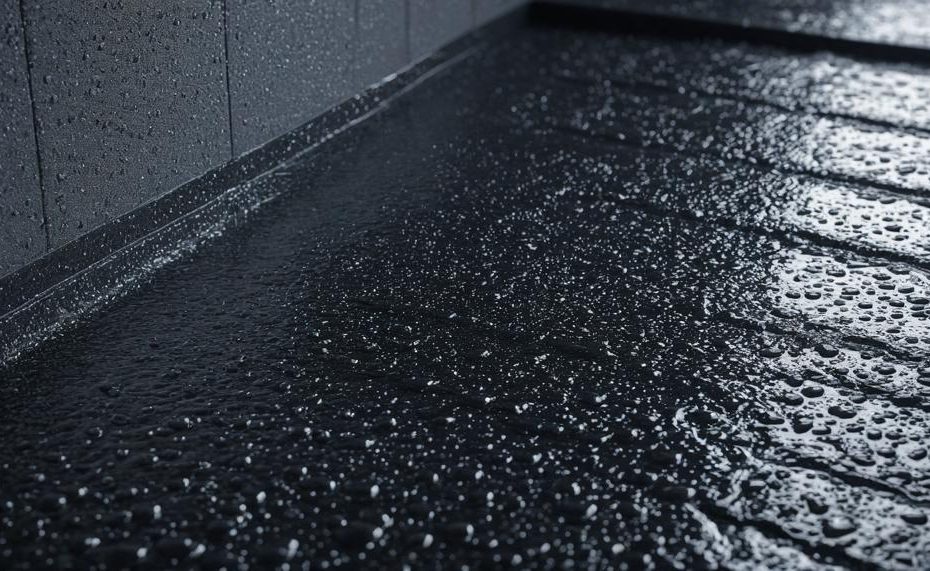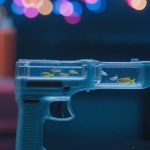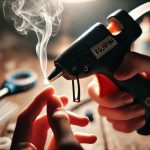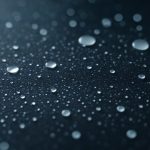Surprisingly, glue can indeed be used for waterproofing, but not just any glue will do the job. The key lies in selecting the right type of adhesive, such as epoxy, polyurethane, silicone sealant, contact cement, or marine-grade adhesives, each of which offers unique benefits for keeping water at bay.
Whether you’re fixing a leaky roof, sealing a boat, or protecting outdoor furniture, understanding which glue to use is essential for success.
Key Takeaways:
- Not All Glues Are Suitable: It’s vital to pick the right type of glue for waterproofing tasks.
- Types of Waterproof Glues: Epoxy, polyurethane, silicone sealant, contact cement, and marine-grade adhesives are ideal.
- Surface Preparation: Proper cleaning, repairing, roughening, and drying of the surface is crucial.
- Multiple Coats: Often, several coats are necessary for complete waterproofing.
- Environmental Factors: Temperature, humidity, and the type of adhesive can affect the glue’s performance.
- Maintenance: Waterproofing with glue might require periodic reapplication.
- Quality Matters: Using high-quality, long-term waterproof adhesives ensures better results.
With these points in mind, you can confidently approach your waterproofing projects, knowing which glues will provide the best protection against water damage. Ready to dive into the details? Let’s explore the best practices and tips for effective waterproofing using glue.
Table of Contents
Types of Glue Suitable for Waterproofing
Epoxy Adhesive
Epoxy adhesive is renowned for its strength and durability, making it an excellent choice for waterproofing.
It forms a strong bond and is highly resistant to water and other environmental factors. Epoxy is particularly suitable for bonding materials such as metal, wood, and some plastics.
Polyurethane Adhesive
Polyurethane adhesive offers versatility and superior water resistance. It is suitable for a range of materials, including rubber, leather, metal, and various plastics.
This adhesive remains flexible after curing, which helps in maintaining the integrity of the bond under different conditions.
Silicone Sealant
Silicone sealant is ideal for waterproofing due to its excellent water and weather resistance. It works well with materials like glass, ceramics, metal, and certain plastics. Its flexibility and durability make it a preferred choice for sealing joints and gaps in bathrooms, kitchens, and other wet areas.
Contact Cement
Contact cement provides a strong, waterproof bond suitable for laminates, wood, rubber, and metal. It is particularly useful in applications where a fast-setting, high-strength adhesive is required.
Proper application involves coating both surfaces and allowing them to dry before pressing them together.
Marine-Grade Adhesives
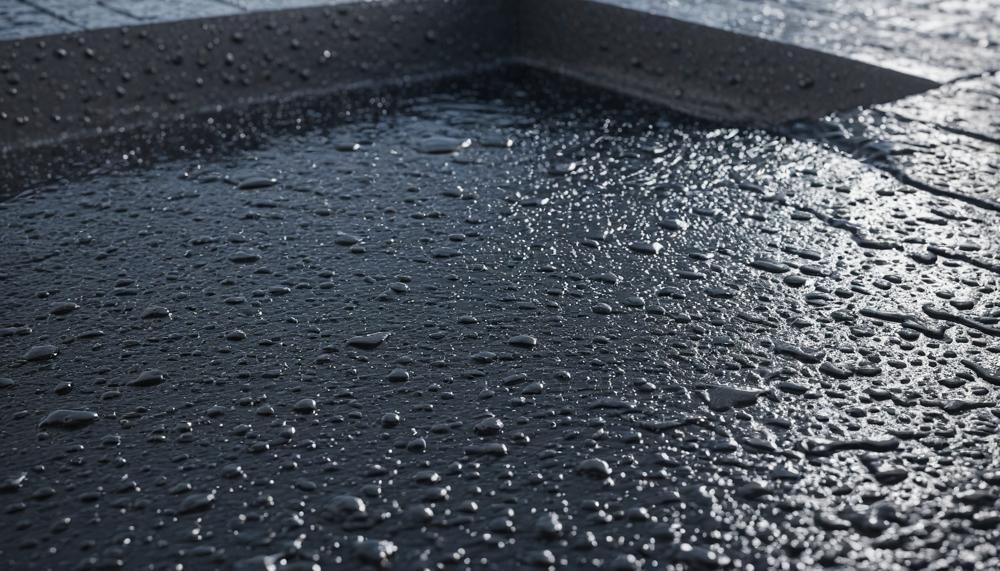
Marine-grade adhesives are specifically designed for harsh marine environments. They provide excellent water resistance and durability, making them suitable for use on boats and other watercraft. These adhesives are effective on a variety of materials, including metal, wood, and fiberglass.
Acrylic-Based Adhesive
Acrylic-based adhesives are often used for waterproofing purposes in construction and DIY projects. They bond well with materials like metal, plastic, and wood, offering good water resistance and flexibility.
Preparing the Surface for Glue Application
Proper surface preparation significantly enhances the effectiveness of glue application for waterproofing purposes.
Surface preparation acts as the foundation for successful waterproofing. Here’s a detailed explanation of how this process fortifies glue application for waterproofing:
- Ensures Effective Adhesion: Like trying to stick a poster on a dusty wall, glue won’t adhere well to dirty or uneven surfaces. Cleaning the surface removes dust, grease, and other contaminants that can weaken the bond. This maximizes the contact area between the glue and the substrate, ensuring a strong and durable connection.
- Prevents Detachment and Leaks: Well-prepared surfaces help avoid the formation of gaps, cracks, or other weak points where water can seep through. This is crucial for maintaining the integrity of the waterproofing system, preventing potential leaks and subsequent damage to the structure.
- Enhances Durability: When the surface is smooth and even, the waterproofing materials can be applied more uniformly. This uniformity is essential for creating a consistent barrier that resists moisture penetration over time. Uneven surfaces can lead to irregular application and weak points.
- Reduces Long-Term Costs: Proper preparation can save significant time and money by avoiding premature failures and the need for frequent repairs. A well-adhered waterproofing layer is less likely to fail, reducing the risk of costly water damage and structural issues.
- Increases Overall System Performance: A properly prepared surface contributes to the overall effectiveness of the waterproofing system. By ensuring that the glue bonds correctly and strongly, the entire system functions more reliably and efficiently, providing better protection against water infiltration.
Applying the Glue for Waterproofing
To apply glue effectively for waterproofing purposes, follow these key steps:
- Choose the Right Glue: Select an appropriate adhesive for waterproofing. Options include epoxy, polyurethane, silicone, contact cement, or marine-grade adhesives. Each type has specific properties suited for different surfaces and conditions. For instance, epoxy is excellent for strong bonds on metal and wood, while silicone works well for flexible seals on various materials.
- Surface Preparation: Ensure the surface is clean, dry, and free of any debris. Repair any existing damage and roughen the surface slightly to enhance the adhesive bond. This step is crucial as it maximizes the contact area and prevents leaks or detachment.
- Follow Manufacturer’s Instructions: Adhere strictly to the guidelines provided by the adhesive manufacturer. Pay attention to temperature and humidity levels during application, as these factors can significantly affect the glue’s performance.
- Application Process: Apply the glue evenly across the surface. Multiple coats may be necessary for maximum effectiveness. Allow sufficient drying time between coats as specified in the instructions.
- Controlled Environment: Work in a controlled environment with moderate temperatures and humidity levels. This ensures the adhesive sets properly and provides a durable waterproof seal.
- Reapplication: Not all glues offer a permanent solution. Periodic reapplication every few years might be necessary to maintain the waterproofing effectiveness.
Factors Affecting the Effectiveness of Glue for Waterproofing
The effectiveness of glue for waterproofing is determined by several key factors:
Types of Glue:
Different types of glue provide varying levels of waterproofing capabilities:
- Epoxy: Excellent for creating a strong, waterproof bond.
- Polyurethane: Known for its durability and water resistance.
- Silicone: Commonly used for sealing and waterproofing due to its flexibility.
- Cyanoacrylate (Super Glue): Offers good water resistance but may not be suitable for all applications.
- PVA (Polyvinyl Acetate): Generally not waterproof unless specially formulated.
Composition:
The chemical makeup of the glue significantly impacts its waterproofing properties:
- Additives: Resins, solvents, and cross-linking agents enhance water resistance.
- Formulation: Specialized glues are designed to create a barrier against moisture.
Application Method:
Proper application is crucial for achieving maximum waterproofing:
- Coverage: Ensure complete coverage between surfaces.
- Coats: Applying multiple coats can improve water resistance.
- Instructions: Follow the manufacturer’s guidelines meticulously.
Surface Preparation:
Preparing the surfaces properly ensures a strong bond:
- Cleaning: Remove dirt, grease, and moisture.
- Sanding: Roughen surfaces if necessary to enhance adhesion.
Environmental Factors:
Conditions such as humidity and temperature can affect glue performance:
- Humidity: Choose glues that withstand high humidity if needed.
- Temperature: Apply and cure glue in moderate temperatures for best results.
Cure Time:
Allow sufficient time for the glue to fully cure:
- Drying: Follow the recommended drying times.
- Curing: Full waterproofing is often achieved only after complete curing.
Maintenance and Care:
Proper upkeep of glued items extends their waterproof effectiveness:
- Avoid Water Exposure: Minimize prolonged exposure to water.
- Regular Cleaning: Keep the surfaces clean to maintain bond integrity.
- Timely Repairs: Address any damage promptly to preserve waterproofing.
Applying Multiple Coats of Glue
The best practices for applying multiple coats of glue to achieve a waterproof seal are detailed below, ensuring maximum effectiveness and durability:
Preparation of Surface:
- Clean and dry the surface thoroughly to remove any dust, grease, or debris.
- Sand the surface lightly if it is smooth to ensure better adhesion of the glue.
Selection of Glue:
- Use a high-quality waterproof glue, such as PVA glue or epoxy, depending on the project’s requirements.
Mixing the Glue:
- If using PVA glue, mix it with water in a ratio of 3:1 (three parts glue to one part water) to create a thin, spreadable consistency.
Application of Coats:
- First Coat: Apply the first coat evenly using a brush or roller. Ensure it covers all areas uniformly.
- Allow the first coat to dry completely, which typically takes several hours. This step is crucial as it prevents the trapping of moisture between layers.
Subsequent Coats:
- Second Coat: Once the first coat is dry, apply the second coat in the same manner, ensuring even coverage.
- Third Coat (if needed): Apply a third coat following the same process for additional protection.
Drying Time:
- Allow each coat to dry thoroughly before applying the next. This usually means waiting several hours between coats. Rushing this process can compromise the waterproof seal.
Final Inspection:
- After the final coat has dried, inspect the surface for any missed spots or inconsistencies. Apply additional touch-up coats if necessary.
Temperature and Humidity Considerations
Temperature and humidity play pivotal roles in the effectiveness of glue used for waterproofing. The interplay of these factors can significantly influence the bonding strength, drying time, and overall performance of the adhesive.
Here’s a detailed look at their effects:
Humidity:
- Ideal Levels: Optimal humidity for glue effectiveness is around 50%. This ensures that the adhesive cures properly without excessive moisture interfering.
- High Humidity: Levels above 70% can detrimentally impact glue performance. High moisture content in the air can slow down the curing process, resulting in weaker bonds. To mitigate this, it’s advisable to increase the glue’s solid content and slightly reduce the application temperature. This adjustment helps maintain the glue’s integrity and effectiveness despite the humid conditions.
Temperature:
- Temperature Adjustment: When the ambient temperature is high, the glue can become too fluid, leading to inefficient application and reduced bonding strength. Lowering the glue temperature slightly in high-heat environments can help maintain its viscosity, ensuring a robust waterproof seal.
Conclusion
While glue may not be the first material that comes to mind for waterproofing, it can be surprisingly effective when used correctly. Selecting the appropriate adhesive—such as epoxy, polyurethane, silicone sealant, contact cement, or marine-grade adhesives—is crucial for achieving the desired waterproofing effect. These adhesives each offer unique benefits that can cater to various waterproofing needs, whether it’s fixing a leaky roof, sealing a boat, or protecting outdoor furniture.
A successful waterproofing project with glue hinges on several key factors. Proper surface preparation, including cleaning, repairing, and roughening, ensures maximum adhesion and durability. Applying multiple coats can enhance the waterproofing layer, and it’s important to follow the manufacturer’s instructions carefully regarding application and drying times. Environmental conditions like temperature and humidity also play a significant role in the glue’s performance.
Maintenance is another critical aspect; periodic reapplication may be necessary to maintain the integrity of the waterproof seal. Investing in high-quality, long-term waterproof adhesives can provide more reliable protection against water damage.

